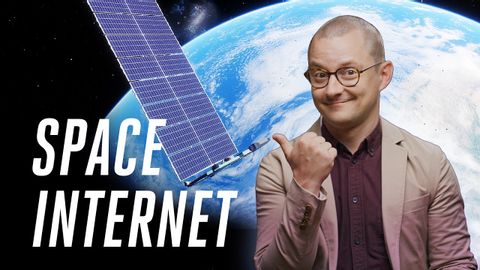インターネットは何十年も前から変わっていない-今まで。 (The internet hasn’t changed for decades — until now.)
林宜悉 が 2022 年 07 月 20 日 に投稿  この条件に一致する単語はありません
この条件に一致する単語はありませんUS /spɪˈsɪfɪk/
・
UK /spəˈsɪfɪk/
US /səˈner.i.oʊ/
・
UK /sɪˈnɑː.ri.əʊ/
US /ˈfɪzɪkəl/
・
UK /ˈfɪzɪkl/
- n. (c.)身体検査 : 健康診断
- adj.身体の : 肉体の;物質的な;物理的な
- n.体育
US /ˈdɛlɪkɪt/
・
UK /'delɪkət/
- adj.繊細な ;繊細な ;敏感な;微妙な;デリケートな
エネルギーを使用
すべての単語を解除
発音・解説・フィルター機能を解除
